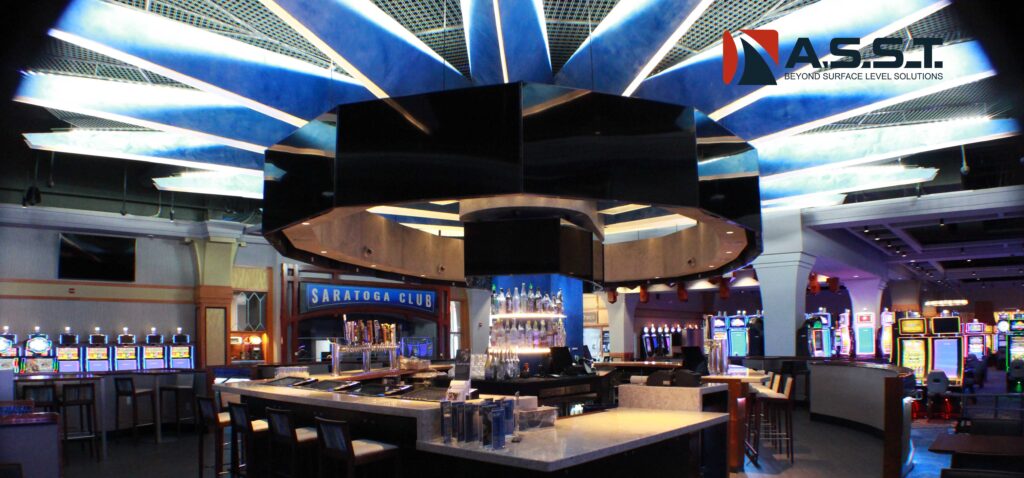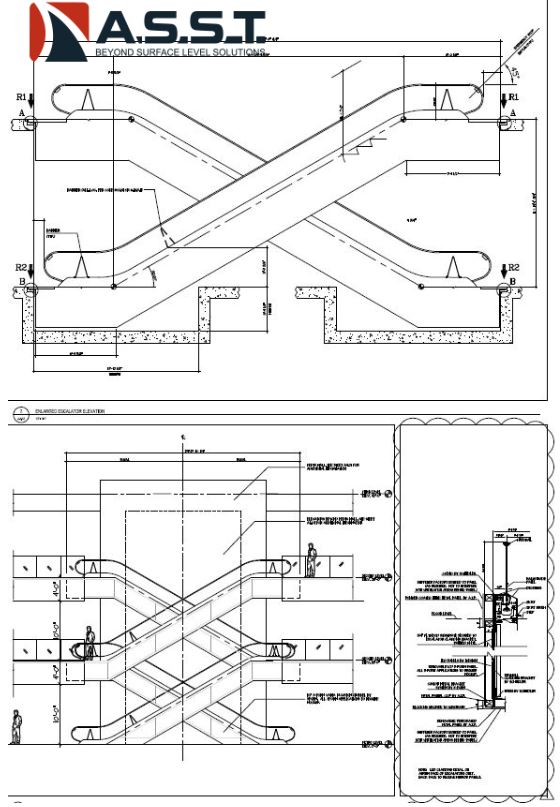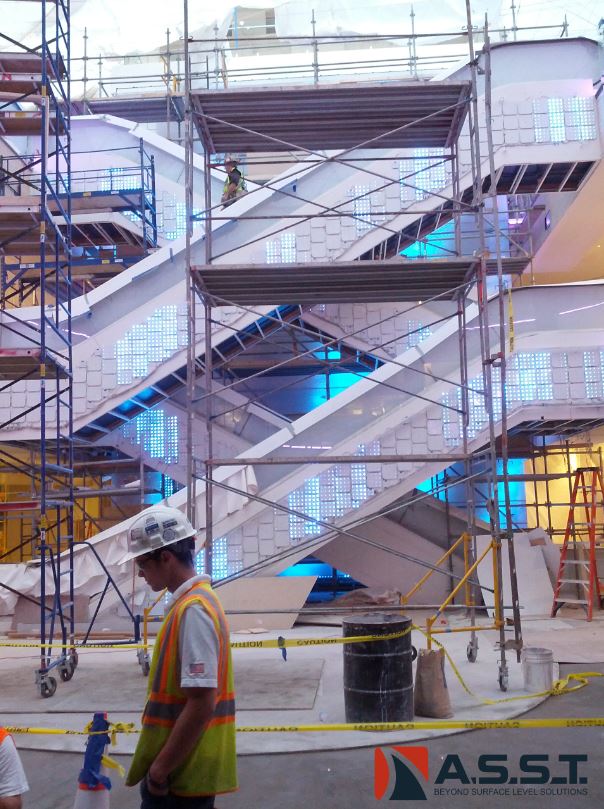
In the jobs market today, finding and retaining good employees can be a challenge. The Society for Human Resource Management reported that on average it costs a company 6 to 9 months of an employee’s salary to replace an employee. So if an employee makes $75,000 per year it will cost the company $37,500-$56,250 in recruiting and training. We all know that your employees are the face of your company, they are the people that make your products, they are the people that manage your projects, and they are the glue that holds your ship together. There are many things your company can do such as competitive salaries, benefits, etc. Below are a few things you can do, that really don’t cost much, to retain your productive employees.
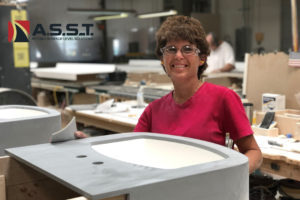
Make sure that you show appreciation for good work with positive reinforcement. Sometimes a simple “nice job” or “thank you” can go a long way. Employees want to know that Going Beyond is recognized. If you have employees that manufacture a product, share with them the end result of their work. For example, if you manufacture millwork for hospitals, show employees completed pictures of the hospital. Let them know that because of their hard work, a place for healing has been created. If you build schools, let your employees know that because of their hard work our future leaders have a place to learn and grow.
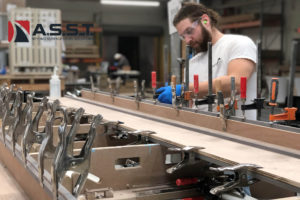
The US Chamber of Congress list “Allowing employees to speak their minds” as one of the most important methods of retaining employees. It is important for employees to feel that their opinions about the business are being heard by management. Make sure that employees have a method to share their opinions with management. Make sure that you address all suggestions no matter how silly they might sound. If your employee Bobbi suggests that everyone gets a new car you could respond by saying “Hey Bobbi, this isn’t the Oprah show… you get a car… you get a car… but we are providing lunch for everyone at the employee safety meeting on Friday”. If you have an employee that makes a suggestion, that helps with efficiency, and that suggestion is implemented, acknowledge the recommendation in front of that person’s peers.

Happiness is infectious and happy employees are more productive than disgruntle employees. Forbes recently cited a study by Camille Preston that happy employees are up to 20% more productive and with sales people that number increases to 37%. A simple smile when passing someone can have a profound effect in how that person feels. Start meetings with a piece of good news. This can set the tone for your meeting. Make happy part of your company culture.
Encourage a work life balance. If you are in a manufacturing or labor intensive industry give your employees flexible start/stop times. Let your employees know that you understand that they have a life outside of work and you want to promote a healthy balance.
At ASST, we know that productive employees need more than continued employment. Our employees are the face of our company and they really are the glue that holds our ship together. Our employees fabricate and install your best work!!



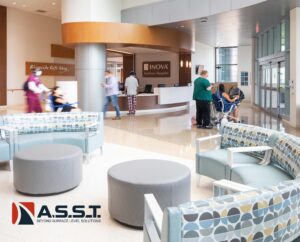
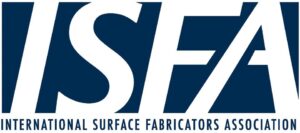
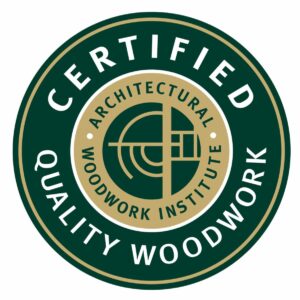

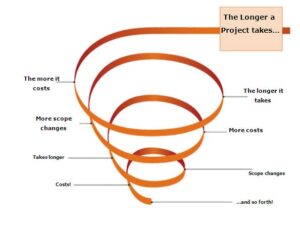
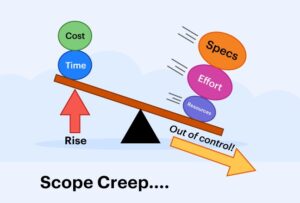




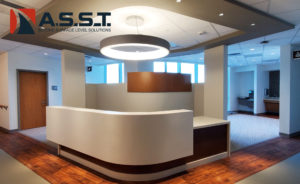
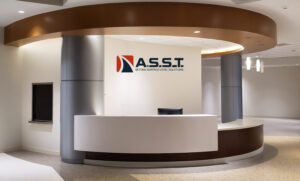




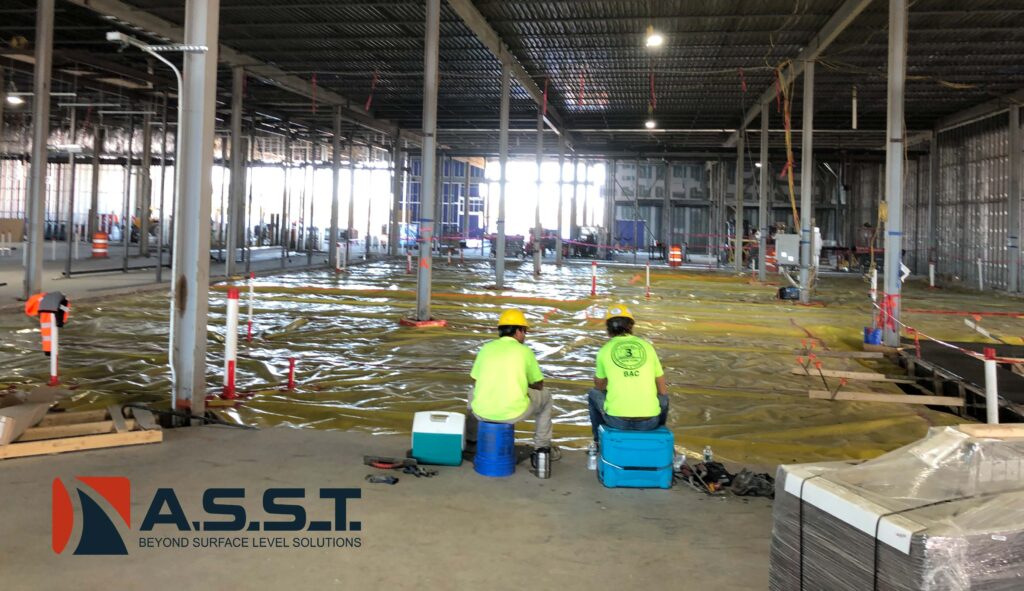
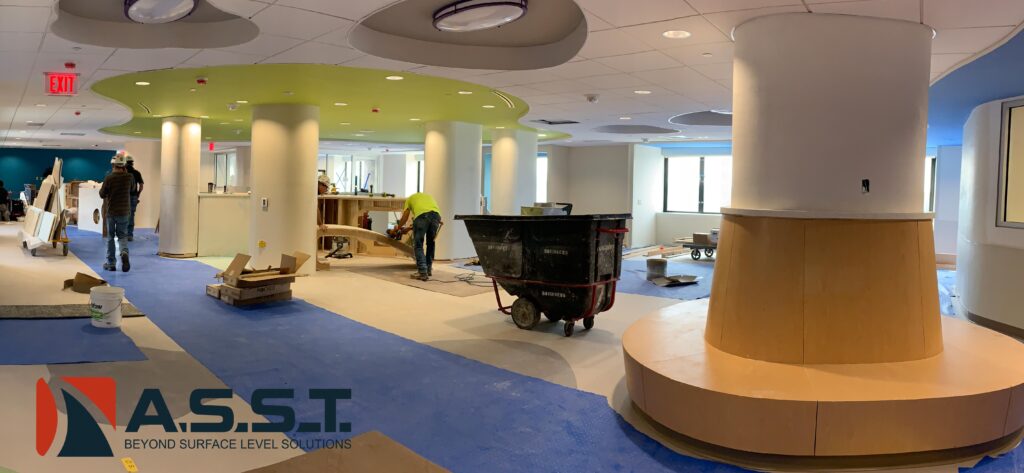
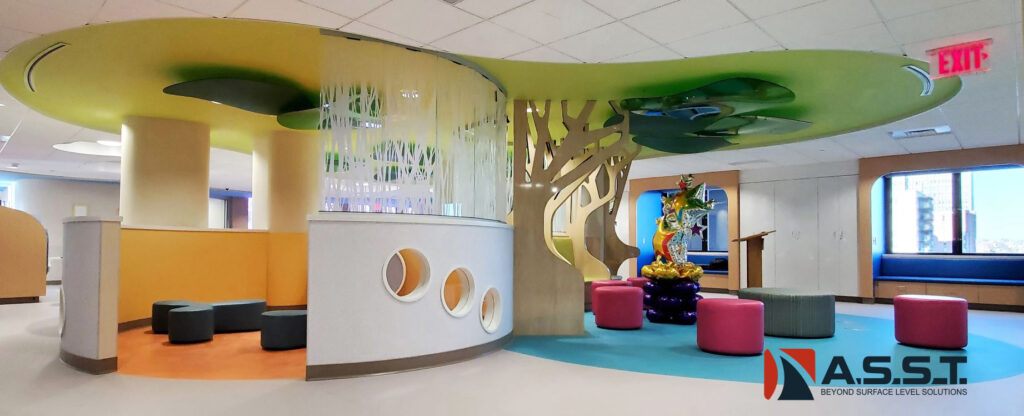
 Did you know that it costs between $400 and $700 per square foot to build a hospital depending on the geographic location (Becker’s Hospital Review)? For example, in Los Vegas the cost to build a hospital is between $285 and $455 per square foot. While in New York City the cost is between $475 and $700 per square foot. When a health network spends this kind of money they want to make sure that it will be done on time and in budget. An operating room costs the health system around $2,200 per hour for direct and indirect cost (American Journal of Managed Care). Hospitals charge between $3200 per hour and $10,000 per hour per operating room (Journal of Clinical Anesthesia, Stanford). The sooner the health system can take occupancy the sooner they can start recouping that investment.
Did you know that it costs between $400 and $700 per square foot to build a hospital depending on the geographic location (Becker’s Hospital Review)? For example, in Los Vegas the cost to build a hospital is between $285 and $455 per square foot. While in New York City the cost is between $475 and $700 per square foot. When a health network spends this kind of money they want to make sure that it will be done on time and in budget. An operating room costs the health system around $2,200 per hour for direct and indirect cost (American Journal of Managed Care). Hospitals charge between $3200 per hour and $10,000 per hour per operating room (Journal of Clinical Anesthesia, Stanford). The sooner the health system can take occupancy the sooner they can start recouping that investment.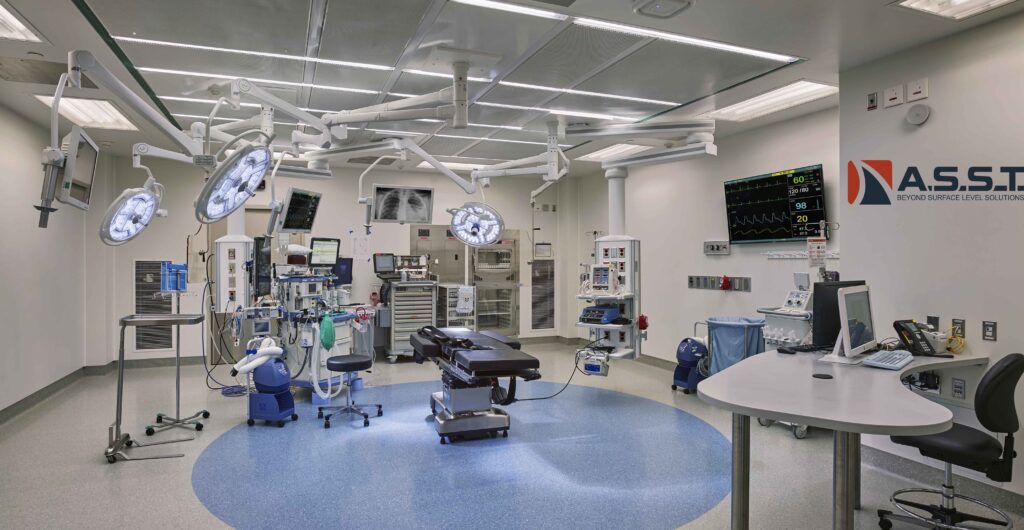 One of the most important decisions that General Contractors and Owners can make is the selection of subcontractors. What happens when the subcontractor does not have the capacity to complete the project in the schedule required? Usually the General Contractor will have to hustle to find another subcontractor to supplement the work that cannot be completed by the awarded sub. This is painful and a deduct change order ensues or worse the performance bond is engaged and a replacement subcontractor has to be contracted. After this the GC usually will have to explain why schedule is not going to be met to the owner.
One of the most important decisions that General Contractors and Owners can make is the selection of subcontractors. What happens when the subcontractor does not have the capacity to complete the project in the schedule required? Usually the General Contractor will have to hustle to find another subcontractor to supplement the work that cannot be completed by the awarded sub. This is painful and a deduct change order ensues or worse the performance bond is engaged and a replacement subcontractor has to be contracted. After this the GC usually will have to explain why schedule is not going to be met to the owner.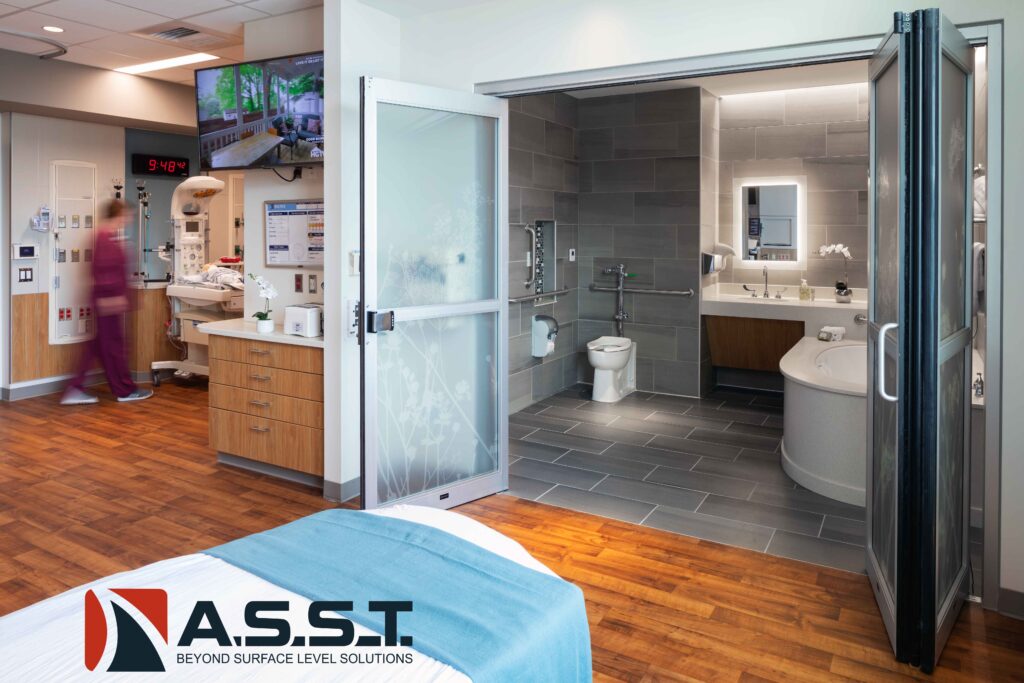 Some of the questions that have to be answered for any successful General Contractor and owner are as follows: Does this subcontractor have experience with this type of work? Does this subcontractor have the capacity to handle this type of work? Does this subcontractor operate safely? Does this subcontractor provide the quality of work to meet and exceed the expectations of the owner? Is this subcontractor financially sound? If the answers to ALL of these questions are not a resounding YES then your project is at risk.
Some of the questions that have to be answered for any successful General Contractor and owner are as follows: Does this subcontractor have experience with this type of work? Does this subcontractor have the capacity to handle this type of work? Does this subcontractor operate safely? Does this subcontractor provide the quality of work to meet and exceed the expectations of the owner? Is this subcontractor financially sound? If the answers to ALL of these questions are not a resounding YES then your project is at risk. At ASST, we have been successfully providing millwork, casework and solid surfaces on large health care projects for 23 years. We have the capacity for large projects, the processes to keep schedule, we do it safely, we are financially sound and we have the Project Managers that know how to be successful. We look forward to Going Beyond for your exciting project! Contact us today at 717-630-1251/
At ASST, we have been successfully providing millwork, casework and solid surfaces on large health care projects for 23 years. We have the capacity for large projects, the processes to keep schedule, we do it safely, we are financially sound and we have the Project Managers that know how to be successful. We look forward to Going Beyond for your exciting project! Contact us today at 717-630-1251/ 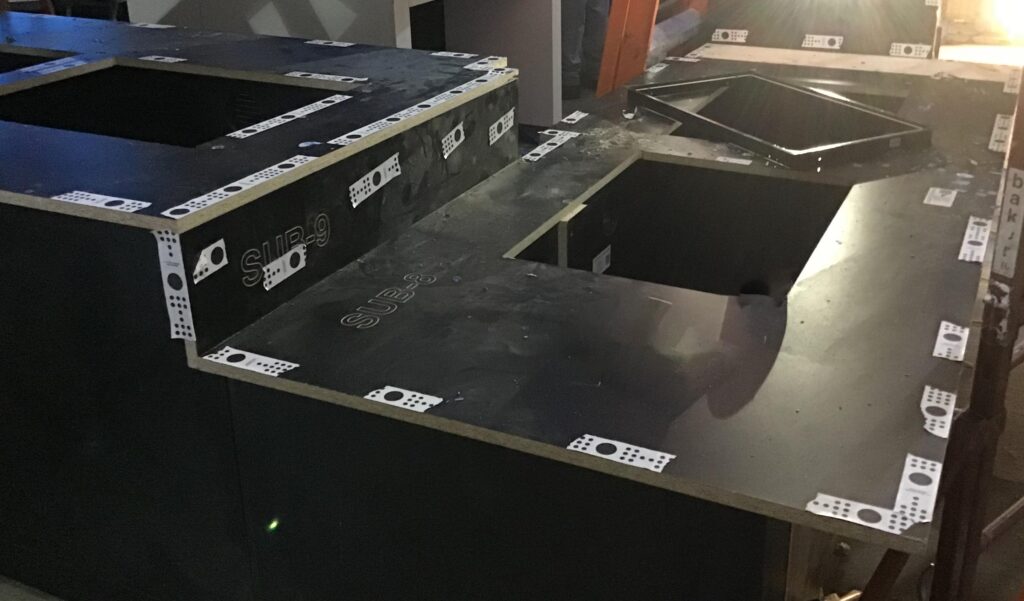 (Using a digital templating tool helps reduce the amount of human error)
(Using a digital templating tool helps reduce the amount of human error)